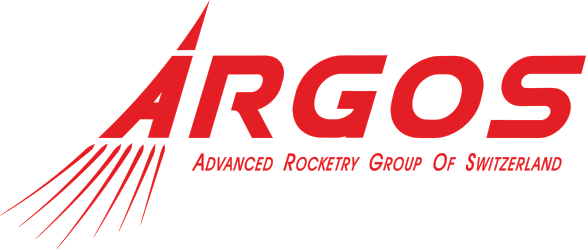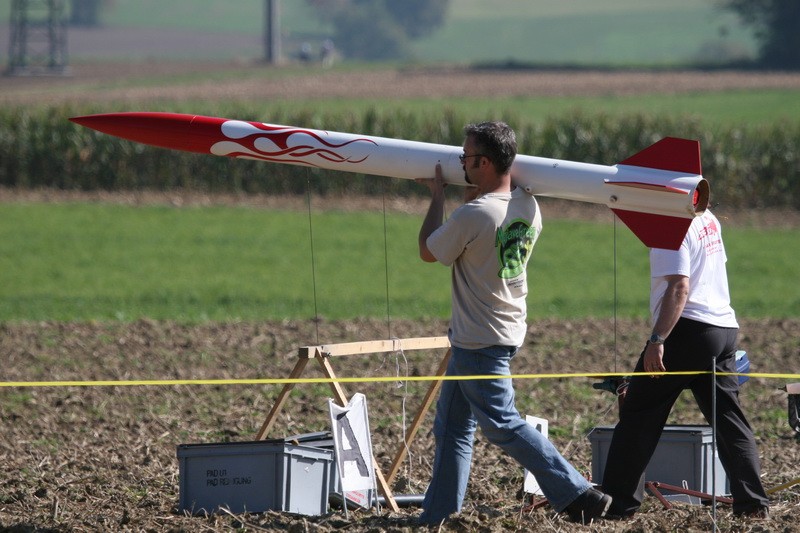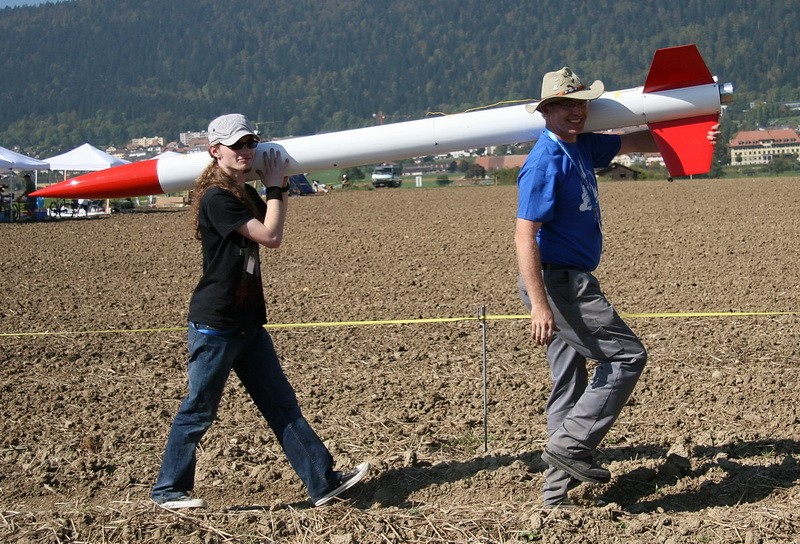01 Jul2003
Der R-DAS (Rocket Data Aquisition System) wird von der Firma AED-Electronics in Holland hergestellt. Der R-DAS kann für die Aufzeichnung von verschiedenen externen Analog- und Digital-Daten während des Fluges benutzt werden. Zusätzlich kann Der R-DAS in verschiedenen Modi betrieben werden: Smart Recovery (Drogue & Main), Startdetection durch Beschleunigungsmesser oder BreakWire, Timerfunktion für Drogue & Main.
Dieser Flugcomputer besitzt einen barometrischen Drucksensor, einen Beschleunigungsmesser, 6 analoe Input Kanäle, 4 digitale Input Kanäle, einen Expansionsport und 2 analoge Output Kanäle für das Deployment Recovery.
Dieser modulare Höhenmesser kann um weitere interessante Module über einen I2C-Bus erweitert werden:
- Zusätzliche Signalquellen
- Zusätzliche Igniterboards
- 2 Axis Beschleunigungssensoren
- GPS Unit
- Telemetry (Uebertragung der aktuellen Messwerte)
- LCD Bildschirme
- Zusätzliche Datenerfassungsboard
- IR Boards
- GPS Boards
Die Auswertesoftware ist zusätzlich zur Windows-Oberfläche auch noch für Windows CE und für die PocketPC Plattform erhältlich !
Die Konfiguration und Einstellungen erfolgen mit einer Windows Applikation: G-Switch und / oder BreakingWire, Smart Recovery und / oder Recovery mit Timer, die Höhe bei dem der Barometer den Hauptfallschirm auslösen soll, extra Analog- und Digital-Eingänge, die Sampling-Rate, usw.
Spezifikationen:
- Der Beschleunigungsmesser (ADXL150 von Analog Devices) misst von -50 g bis +50 g, mit einer 0.1 g Auflösung
- Der Barometer (MPXS4100 von Motorola) misst von 20 bis 105 kPa mit einer Auflösung von 0.09 kPa
- Im Memory ist Platz für 8 Minuten Flug bei einer 200 Hz Sampling-Rate pro Kanal. Je kleiner man die Sampling-Rate wählt, um so länger kann man aufzeichnen
- Pre-Flight Data: Das Memory nimmt kontinuierlich die letzten 2 Sekunden auf. Nach dem Start beginn die Aufzeichnung der Daten ins EEPROM.
- Extra Analog Eingänge: Die 6 Eingänge sind auf einem 16-pin Stecker für eigene Experimente anschliessbar.
- Von 4 weiteren digitalen Eingängen kann der Status abgefragt und gespeichert werden.
- Der Programmcode ist durch neuere Firmversionen aus dem Internet austauschbar.
- Durch den seriellen I2C Bus können weitere Module angeschlossen werden.
- Ein Beeper zeigt vor dem Start verschiedene Stati an und gibt nach der Bergung die erreichte Höhe aus
- Der Status der Durchgangsprüfung wird mit LED's angezeigt
- Die 512 Kbytes FLASH EEPROM sind folgerdermassen organisiert: 64 Kbytes schreibgeschützter Boot Code, 64 Kbytes Programm Code and 384 Kbytes nichtflüchtiges Datenmemory
- 32 Kbytes RAM Memory
- RS-232 Schnittstelle
- Stromversorgung: 9V Batterie (bis 15 V möglich)
2 verschiedene Versionen sind erhältlich: der R-DAS classic (Board Grösse 125 x 48 mm) und der R-DAS compact (Board Grösse 90 x 35 mm).
Preis: R-DAS compact
€ 220.-, R-DAS classic
€ 250.-











